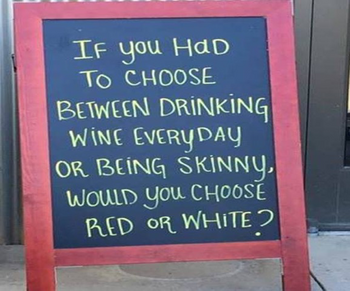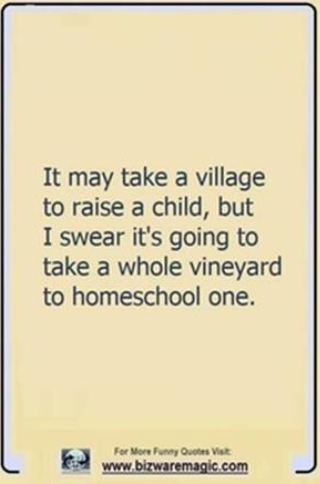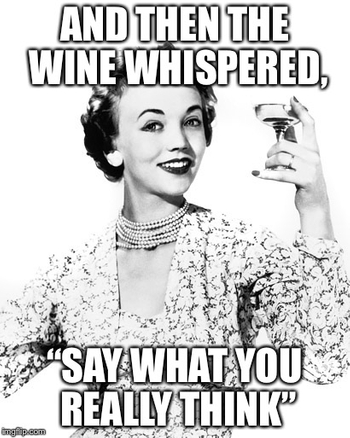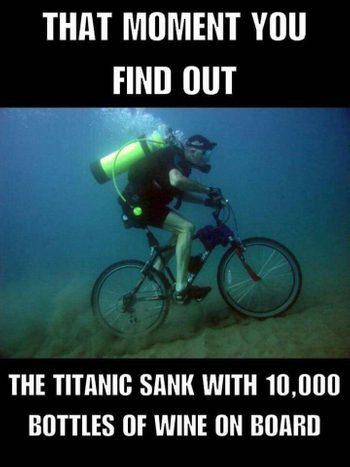10 Things about wine you may find interesting. Or not!
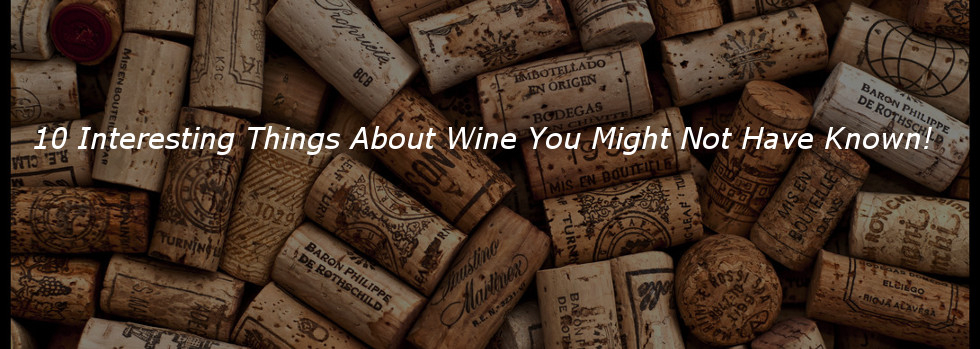
Another Cragswine original.
I am continually searching for interesting items that relate to wine and as always I want to share them with you, my loyal followers. And many have relayed to me in my shop…”You really are full of useless wine knowledge” (or full of something). But if you have the will to venture and try this exercise of on your own, feel free do so…but not without a safety helmet and a large glass of your favourite wine.
10 THINGS ABOUT WINE!
1. Are all sparkling wines Champagne?
No. The only sparkling wine that can be legally labelled as Champagne must come from the Champagne Region in France. There is a copious amount of carbonated or bubbly wines out there, but they simply cannot say Champagne unless it is from there.
TIP! Try Presecco. A lovely Italian bubbly that is a little less carbonated, thus slightly softer and easily enjoyed as a sipping wine. Also, a decent ‘bang for the buck’ is Freixenet from Spain (Pronounced fresh-eh-net).
2. Who really invented Champagne?
Dom Perignon is credited with having first invented it, but nobody talks about where it may have originally have been created. A little bit of excrement might hit the fan for this one but all my research points to an Englishman named Christopher Merret.
“The Monk” was not the first to invent all that is bubbly, but he DID make it famous. It was actually by accident that he discovered secondary fermentation (natural carbonation). And the powers to be at the time fell in love with the ‘tickling of the tongue and the stars sparkling in the glass’. It simply was an accident that became all the rage. I look at Dom Perignon as the one who made Champagne famous.
NOTE: In 1662, an English scientist presented a paper detailing how the presence of sugar in a wine led to it eventually sparkling and that by adding sugar to a wine before bottling it, nearly any wine could be made to sparkle. This is one of the first known accounts of understanding the process of sparkling wine and even suggests that British merchants were producing “sparkling wine” before the French Champenois were deliberately making it.
3. How much wine does One Acre of vines produces?
Approximately 5 tons of grapes… 3,985 bottles of wine or 15,940 glasses of wine. It takes a lot more grapes than you think to produce a bottle of wine.
4. How many glasses are there in a 750ml bottle of wine?
According to the usual bar measurement there are 4-6oz glasses per 750ml or 24oz bottle. Keep in mind this is a restaurant pour not a ‘craigswine pour’. Between my wife and I that is barely a glass and a half each. Thus the second bottle after a long hard day.
5. To produce one 750ml bottle of wine…
Requires 2.4 pounds of grapes. Which equals 1 glass of wine each for 6 happy people or provides 2 REALLY happy people with 3 glasses each.
6. How long does wine last after I open the bottle?
Although a rarity in my abode, it depends on many variables. Especialy the type of wine and its age. If I open a bottle a white wine and I have a half bottle remaining, I cork it and put it in the fridge which will slow down the oxidation and buys me a day or so.
If it is a red, I tend to leave itcorked on the counter and let it do what I call a ‘slow breathe’ and drink it the next day. You can put reds in the fridge as well but take it out 20 minutes before you consume it. When a red is too cold it can taste a little insipid.
Younger red wines will last a little longer than well-aged red wines. therefore you have a little more wiggle room to let it sit for a day or two. But keep in mind no longer. If it is an exceptional wine and you just hate to to lose it or pour it out then my solution is…finish it.
7. What is the differen between Syrah and Shiraz?
Nothing…except where it is grown. The Aussies are credited with coining the varietal as Shiraz. And credit to the Aussies… they have made Shiraz a household name.
8. CHEERS! Where the heck did bumping glasses come from?
There are a few thoughts out there that explain the origins of the customary ‘clinking’ of glasses. The most common theory states that it was an act of trust. When you ‘clinked’ your glass with your guest some of the liquid would splash into both glasses. This signified you were both drinking the same liquid and thus not poisoning your visitor. Centuries ago, poisoning was fairly common amongst rivals.
Another take on the ‘cheers’ is that the sound of the glasses meeting made a sound similar to church bells. This makes sense considering many drinking vessels years ago were made of some form of metal.
9. Which country consumes the most wine by volume?
Believe it or not, its the United States. In 2015 the U.S.A consumed over 4 billion bottles (750ml) of wine. Next on the list was France, followed by Italy, Germany and China. Yes, China is the up and coming country of wine imbibers.
10. The worst place to store your wine?
Your kitchen is by far the last place you want to store your wine. Although it may look pretty with those racks built into your cupboards or islands, it is the temperature fluctuations that can harm your bottles over the long run. Keep in mind the kitchen, because of cooking, has more ups and downs in temperature than anywhere else in the house. This can cause the wine to expand and contract thus slightly moving the cork and breaking the seal. This can allow a small amount of air to get in and over time oxidize your vino.
